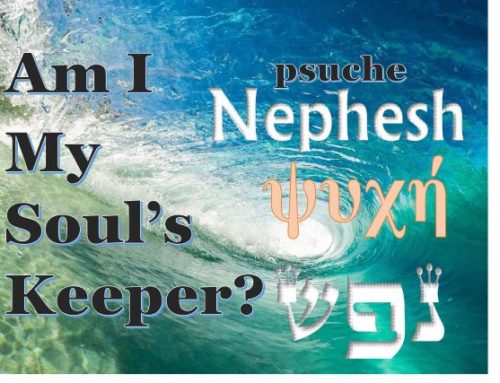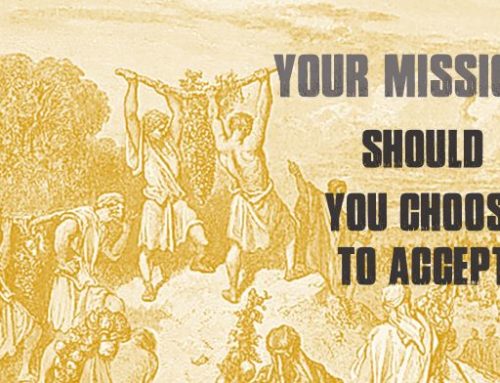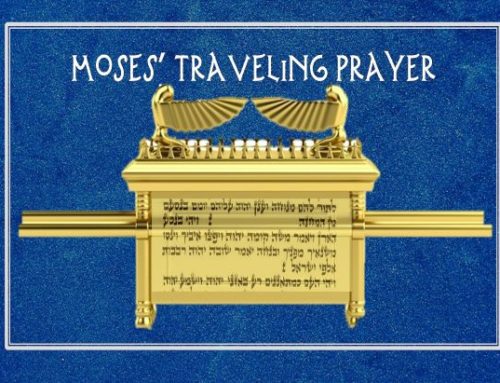Torah Portion, Tzav, Leviticus 6.8-8.36, Haftarah, Malachi 3.4-24
“And the priest shall put on his linen garment, and his linen trousers he shall put on his body, and take up the ashes of the burnt offering which the fire has consumed on the altar, and he shall put them beside the altar.” Leviticus 6.10 NKJV
The castings of an hundred-thousand fires were carried week after week to a sacred spot outside of Jerusalem. Its ancient ash mounds, some forty feet high, remained until just over a hundred years ago. Sadly, because of building expansion on the barren hills, they are no more.

Ash heaps from the Temple sacrifices, American Colony Photo Department, 1898. Library of Congress. Matson (G. Eric and Edith) Photograph Collection (22,061)
Our Torah portion, Tzav, describes the priest’s obligation to tend the fire on the altar. Each morning, dressed in linen, he performed the “lifting of the ashes” (terumat hadeshen) of consumed sacrifices from the previous night. At first, the ashes were placed beside the altar. When a significant amount had accumulated, the priest changed his garments, and removed them to a clean place outside the camp. (Lev. 6.11)
As I write these words, our Torah portion this year coincides with Passover. Families across Israel are cleansing their homes in anticipation. The least bits of leaven removed, are consumed in a ceremonial fire called “biur chamets”, (burning of the leaven). Just as the ashes of the sin and guilt offerings were carried away, so the ashes of the leaven (chametz) are purged. Paul the Apostle described Passover’s burning of leaven as symbolic of the removal of sin.
“Therefore purge out the old leaven, that you may be a new lump, since you truly are unleavened. For indeed Christ, our Passover, was sacrificed for us.” I Cor. 5.7 NKJV
For the next few moments, we want to look at this purging fire and our relationship with God. His is a consuming fire, and yet we must tend the flame. We all like to watch the flames, feel the heat, and witness the consuming transformation on the altar, but are we willing to lift away its morning ashes? Those ashes speak of completion, consecration, and a continuation in our faith.
I. Completion
The burnt offering shall be on the hearth upon the altar all night until morning, and the fire of the altar shall be kept burning on it.” Lev. 6.9 NKJV
When the priest came to tend the fire in the morning, he had to first remove that which was consumed through the night. Some rightly note that these ashes represent a “finished work”.[1] Leviticus describes the sacrifice as “consumed”. (Lev. 6.10) Those ashes remind us that fire has purged our sin and finished salvation’s work! But what do we do with the sacrifice of yesterday’s guilt and sin?
Terumat hadeshen / Lifting the Ashes
Terumat hadeshen, lifting the ashes, is vital to keep the fire from being quenched. The priest needed to remove the ashes of yesterday’s repentance to feed the flames of a new day’s sacrifice. Once yesterday’s guilt offering has been consumed it must be removed.
“…And the priest shall burn wood on it every morning, and lay the burnt offering in order on it; and he shall burn on it the fat of the peace offerings.” Lev. 6.12 NKJV
We all have ashes to deal with. They represent both loss and completion. God’s sacrifice of forgiveness through Yeshua’s death is a completed work! You may still have to find a place outside the camp to rest those ashes, but once you do, change clothes, and get back to camp. It is the beginning of a new day.
II. Consecration
“Then he shall take off his garments, put on other garments, and carry the ashes outside the camp to a clean place.” Lev. 6.11 NKJV
Why until quite recently were there still forty-foot mounds of ash outside of Jerusalem? Why were they not removed in antiquity? It was forbidden, according to Jewish tradition, to benefit from the ashes.[2] Consecrated ash was to be placed in a consecrated “pure” (tahor) location. Everyone knew, they were to be left undisturbed.
Though our sins are consumed, there will be remains of ash. Today, the world is plagued by “cancel culture”, where men’s transgressions from decades past are dredged up. Political appointees fear that some remark written in a yearbook, might be unearthed. Once God forgives our sin, however, he chooses to remember them no longer against us. We too are forbidden, to enter sin’s ash heap once it is consumed by God’s fire. Once the fire of God has consumed them, even the ashes are holy.
Jewish tradition forbade benefitting and disturbing these ashes. Should we do less?
III. Continuation
“A fire shall always be burning on the altar; it shall never go out.” Lev. 6.13 NKJV
Paul wrote to his son in the faith, Timothy, and reminded him of a time when they had laid hands on him to pray for him. A fire was kindled in the laying on of hands, burning brightly in young Timothy’s life. But now Paul is admonishing Timothy to stir up the flame of those gifts imparted with the laying on of hands. Anyone who has tended a fire knows that stirring dying embers buried under grey ash to the surface will ignite a flame.
“For this reason I remind you to fan into flame the gift of God, which is in you through the laying on of my hands.” II Tim. 1.6 NIV
Timothy was being called to a spiritual terumat hadeshen. This is our calling as well. There must be a continual offering on the altar. Each morning we remove the ash and place our calling, our life afresh into the presence of God. We stir our gift in the oxygen of the Holy Spirit that His flame will be fresh.
Conclusion
The priest, dressed in linen clothes, tending the fire of God each morning, is a call to tend the fire of relationship with God. It reminds us that sin and guilt must be both consumed, and the ashes removed to a pure place. Our past and future are consecrated to God, and that which was consumed, belongs to God. Once we give Him our past, it is no longer ours! We are simply asked to change into new garments and return to His presence. Finally, this Torah portion is a calling to maintain a continual flame. There will always be a morning ash, new wood of worship to lay, and a new sacrifice to offer the Lord.
As families across Israel clean their homes, may we search our hearts for any leaven, symbolic of sin, that needs to be purged by fire. May your hearts burn bright, and may you know the depth of God’s love manifest in Messiah, our Passover, sacrificed for us.
Shavua Tov from Zion
[1] Christ Prefigured-The Brazen Altar. (april 8, 1916). The Weekly Evangel, (134), 3-8.




